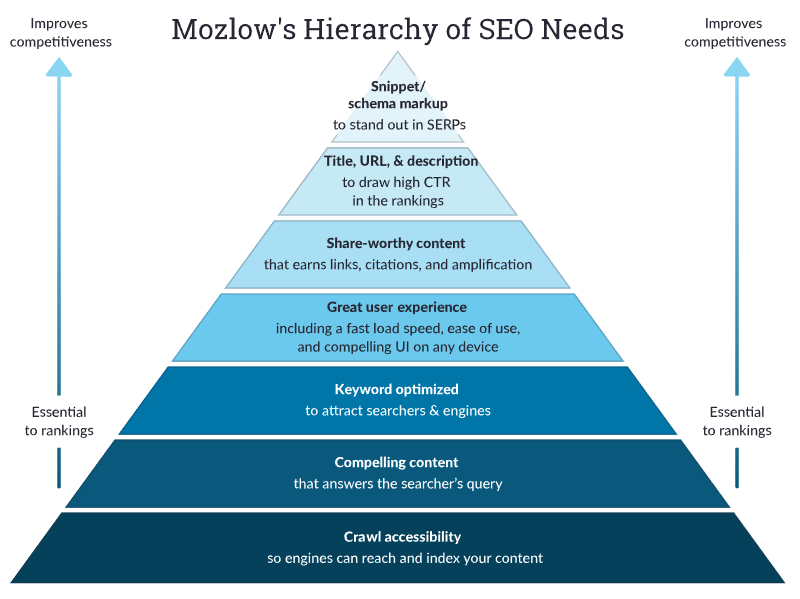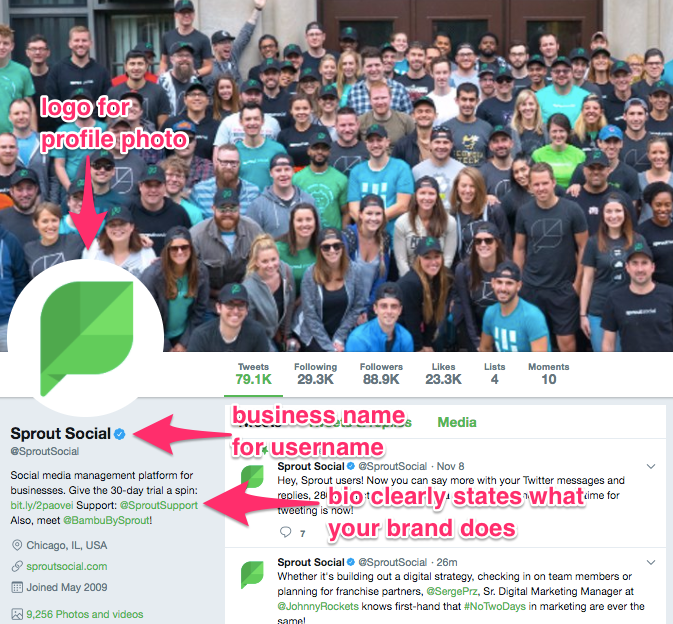You’ve heard about SEO & SEM, but what about SMO? In this simple guide, we’ll explain Social Media Optimization techniques and share a few easy-to-use tools.
Definitions: What is SMO?
SMO – Social Media Optimization
On-page modifications to a website to make the content/pages both share-worthy and easily shareable.
SMM – Social Media Marketing
This is ideally what you do *after* the SMO exercise, where you publicize your page on social media channels. It includes social media posts, paid advertising, community management and influencer marketing.
Why does Social Media Optimization matter?
Typically, brands jump straight to social media marketing, because it appears deceptively easy to get started. This is often why the effectiveness and ROIs of SMM efforts are diminished. On top of that, social media platforms are fast becoming where consumers search for brand and product information, especially for consumer and lifestyle brands.
When SMO is done well, it will look like the brand is going a little viral. All day, every day.
Sounds like a dream? Here are five steps to get you there.
-
Pre-requisite 1: Google Search
-
Pre-requisite 2: Choose your social channels well and set up your profiles properly
-
Keywords Revisited - Searchability and relevancy on social networks you use
-
Ease of sharing (via social media, messaging apps, and good ol’ copy-paste)
-
Building Content for Social
Step 1: Pre-requisite 1 - Google Search
While SMO is vital for reaching new audiences, brands can hardly neglect SEO. This is because the decision to search usually indicates the intent to buy, which means a shorter lead time to purchase. Ranking well also means improved pricing for Google Adwords (GA). Given how large brands can spend 7-digits on GA every month, it can lead to very substantial savings. So let’s cover your bases!
Miles of articles have been written about SEO, so we won’t reinvent the wheel. Instead, here’s a selection of the best-in-class guides that you can refer to:
Construct: A Complete Guide to Improving Google Rankings (Ebook)
Search Engine Journal: A Complete Guide to SEO - What You Need to Know in 2019
Mangools: Learn SEO in 2019
Hubspot: The Ultimate Guide to SEO in 2019
MOZ: The Beginner’s Guide to SEO
Ahrefs: SEO Basics - A Noob-Friendly 5‑Step Guide to SEO Success

We love this clean diagram from MOZ’s SEO guide, which neatly summarises your SEO priorities. You will want to reach at least tier 3 before you put a serious budget behind your ad spend.
Step 2: Pre-requisite 2 - Choose your social channels well and set up your profiles properly
When you work with us, the profile setups will be the first thing we do.

For reference, Sprout Social has done a great job for their Twitter profile. Starbuck’s About page is a best-in-class example for Facebook.
Here are the basics for all platforms:
-
Username: Needs to be short, memorable, and in the mainstream language. Like @eatbooksg or @grab_sg. Not @makan_buku_singapore or @grab_taxi_sgp.
-
Bio: It needs to clearly explain what your brand does. Less is more here, so 2 short sentences maximum. Do include the url to your homepage!
-
Profile picture: This is usually the company logo, optimized for a circle/square shape. (Or an amazing selfie/portrait of yourself.) Do make sure the logo pops out against the background colour of the social media platform!
-
Brand hashtag: Brands typically go with #brandname. But you can also try #brandmission, #brandslogan or #campaign. You may want to seek our advice, because the choice can have far-reaching implications.

Bonus steps for specific platforms:
-
Twitter: Set up the theme colours and banners for your profile page.
-
Facebook: Set up your CTA button. Where the button leads is defined by your user journey.
-
Instagram: IG doesn’t support URLs in post captions; which means users will have to type the URLs into their browsers to learn more. An elegant workaround is to get a Linktree or Linkin.bio; the former is good for multiple campaigns, while the latter is good for ecommerce.
Step 3: Keywords revisited - Searchability and relevancy on social networks you use
Social listening tools
These tools will tell you what social media users are interested in, what they like talking about, and what they like/dislike. For those have undergone SEO exercises, it is the analogue for keyword research. When you use listening tools, you should get relevant hashtags, trending topics/conversations, and sentiments regarding other brands that operate in your space. The results will echo your SEO keywords, but it won’t be a 100% match.
Some tools we like: Fanpage Karma | Brand 24 | Keyhole | SproutSocial
Now. How do you use all the information gained from the social listening tools?
Relevant hashtags → Put them in your social post, and link the relevant content/pages from your site. You can also use these in the Bio of your social media profiles.
Trending topics → Subject for your content.
Sentiments → Landmines to avoid and opportunities to exploit. There are more considerations here, so speak to our strategy team for the best way forward.
Step 4: Ease of sharing
(via social media and good ol’ copy-paste)
Social Media Buttons
Set up your social media buttons and embed them in your website. Hootsuite has written an excellent guide for this. A key point we want to highlight: Don’t forget to define the pre-filled text. In the pre-filled text, you can add either your branded hashtags or relevant hashtags for your industry.
The good ol’ copy-paste URL button/function
Like the social media buttons, it is now possible to “sneak in” pre-filled text along with the URL. Our take is, don’t do it. There are special cases, but even then, we recommend keeping it under 30 characters.
Step 5: Building Content for Social
Video is awesome, but it's NOT ALWAYS king.
The average adult can read 200-250 wpm (words per minute), but the spoken word can only be delivered at 160 wpm. Also, unless something really caught the viewer’s eye or there are prompts, the odds are good that voiceovers won’t be heard if the viewer is on the go. (‘Cause, you know, not everyone has headphones on all the time AND unlimited data.)
By the way, on average, only 10 seconds of Facebook videos gets watched. This report was written in 2017, so we suspect the real average duration is now closer to 5 seconds. Given 200-250 wpm, it means you effectively have 15 to 20 words on the video to capture the viewer’s attention.
So, unless you have the budget to make a cinematic and story-driven longer video, you may be better off with GIFs and super short, 1-min-or-less microvideos. Need help with Video Production? Speak to our Pros.
Further readings on videos for social: Hubspot | Agorapulse | Facebook
Well-designed & succinctly informative visuals can have better mileage
Remember how we embedded MOZ’s SEO pyramid diagram earlier in this blog? By spending perhaps 2 hours to create the image, they’ve gained free word-of-mouth from us. To their ideal target audience, which includes marketers like you. Unattributable ROI, but a definite return on effort nonetheless.
The one improvement we would make, is to add a small company logo to the image. That way, when people save and refer to the image later, they will see the company name. Better yet, if they opt to share the image, your brand gets free exposure!
Writing for Social
If the headline and blurb doesn’t grab eyeballs, Oxford commas and Queen’s English won’t matter. Here’s how you can get the most from your efforts.
Once you have done some research and shortlisted the content topics, brainstorm and craft 50-character headlines. Not 50 words, 50 characters. This will be immensely helpful when you start social media ads, because strict character limits apply for mobile optimized ads. It is also helpful for team discussions, or when you make video adapts of successful content pieces.
When you have a page of headlines, shortlist the top 25-40%, based on newsworthiness and relevancy. Write 100-word blurbs/outlines for each headline. If the blurbs look good, turn them into full-fledged content pieces. If not, revisit the less-pointed blurbs and headlines later.
Next Steps
You should now have enough information to optimise your website for better ROI from your social media marketing efforts. Let us know how it goes!
